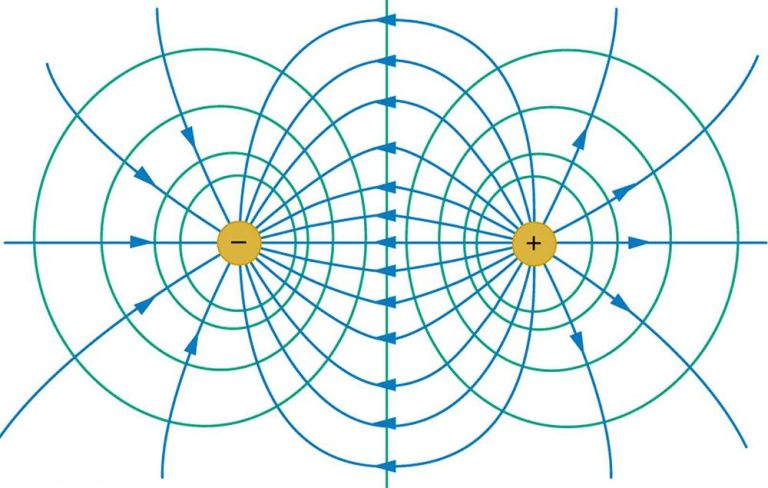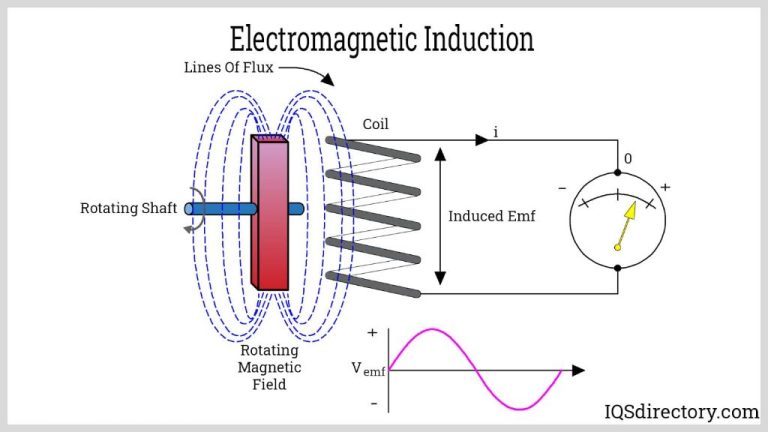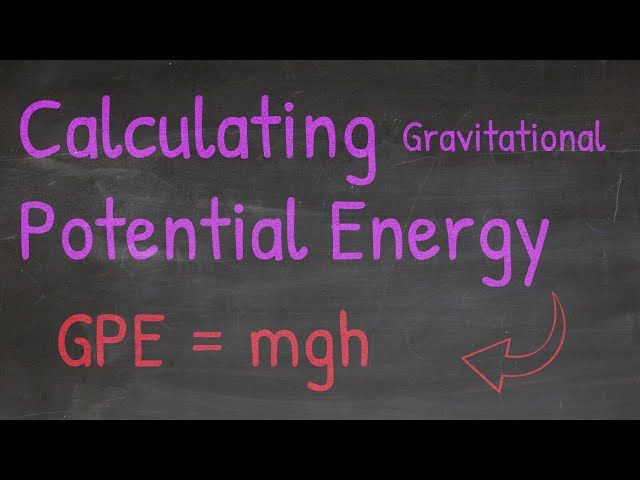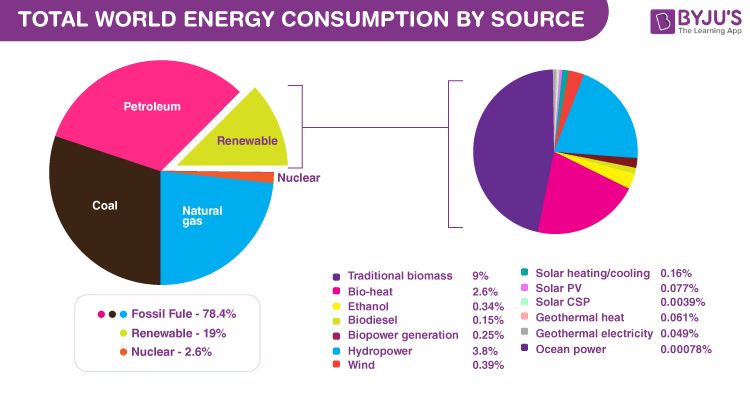Is Renewable Energy The Future?
Renewable energy is experiencing rapid growth around the world. According to research, renewable energy capacity grew by an estimated 8% globally in 2021, the fastest growth since 2015. This growth is being driven by several factors, including declining technology costs, supportive government policies, and increased urgency to combat climate change.
With such strong momentum behind renewable energy, many experts are predicting it will become the dominant source of energy worldwide within the next few decades. In fact, according to the International Energy Agency (IEA), renewables are on track to overtake coal as the largest source of electricity generation globally by 2025.
This potential for renewable energy to transform global energy systems raises an important question: Is renewable energy the future?
What is renewable energy?
Renewable energy is energy generated from natural sources that replenish themselves over time. The major sources of renewable energy are:
- Solar power – Converts energy from the sun into electricity using photovoltaic cells or concentrated solar power.
- Wind power – Converts kinetic energy from wind into electricity using large wind turbines.
- Hydropower – Converts the energy from flowing water into electricity using turbines in dams or run-of-river systems.
- Geothermal – Uses heat from the earth’s interior to produce steam to drive turbines and generate electricity.
- Biomass – Uses organic materials like plants, agricultural waste, and municipal waste to produce energy through combustion.
Unlike fossil fuels like coal, oil and natural gas, renewable energy sources are constantly replenished and will not run out. This makes them a sustainable long-term energy solution. Renewables accounted for 12.2% of total U.S. energy consumption and 17.5% of electricity generation in 2019 (EIA).
Benefits of renewable energy
Renewable energy provides a number of benefits compared to fossil fuels. Firstly, most forms of renewable energy produce little to no global warming emissions (https://www.ucsusa.org/resources/benefits-renewable-energy-use). According to the EPA, generating electricity from renewable sources emits much less carbon dioxide than fossil fuel-based generation, helping to mitigate climate change (https://www.epa.gov/statelocalenergy/local-renewable-energy-benefits-and-resources).
Renewable energy is also a clean, unlimited domestic energy source. Many forms of renewable energy generation produce little to no air or water pollution. And since renewable energy sources are constantly replenished, they have an unlimited supply unlike fossil fuels which are finite (https://www.ucsusa.org/resources/benefits-renewable-energy-use).
The renewable energy industry is also a major employer worldwide. In the US alone, renewable energy jobs have grown to over 3 million, according to the Department of Energy (https://www.energy.gov/eere/renewable-energy). The growth of the industry creates jobs in manufacturing, installation, and maintenance of renewable energy systems.
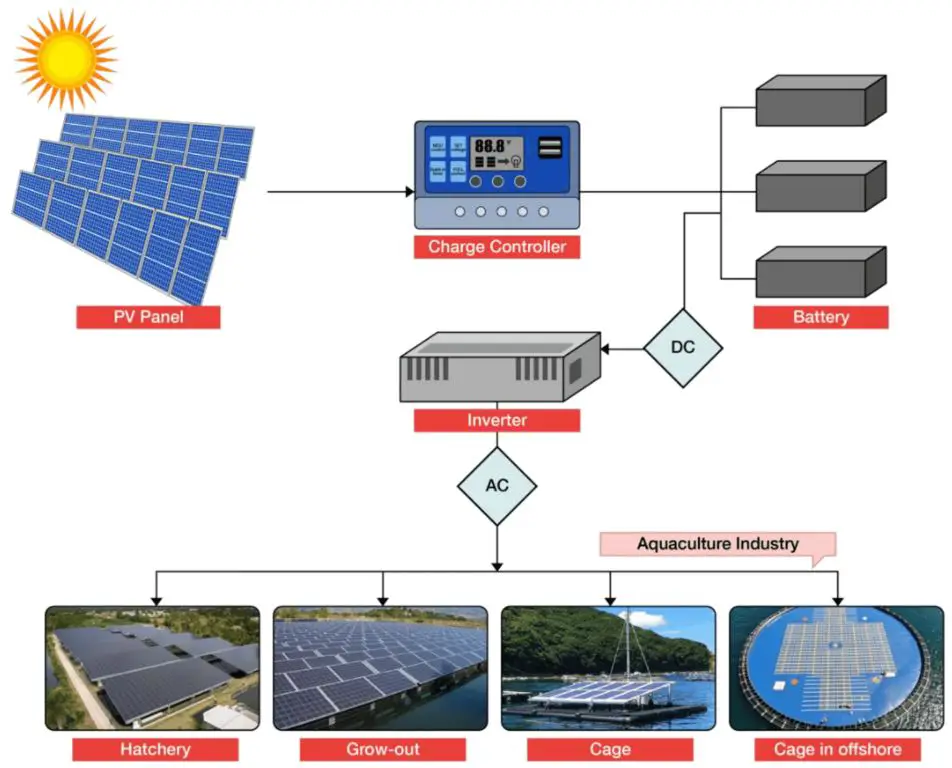
Challenges of renewable energy adoption
While renewable energy sources like solar, wind, and hydropower provide clean and sustainable energy alternatives, there are some key challenges associated with adopting them on a large scale. Some of the main challenges are:
High upfront costs. Constructing renewable power plants and installing sources like solar panels requires significant upfront investment compared to fossil fuel plants. According to Overcoming Barriers to Renewable Energy Adoption by Energy5 (https://energy5.com/overcoming-barriers-to-renewable-energy-adoption), the high initial capital costs and long payback periods are a major adoption challenge.
Intermittency. Renewable energy sources depend on weather conditions like sunshine and wind, which makes their energy production intermittent and unpredictable. This variability can put stress on the electricity grid and create mismatches between energy supply and demand.
Storage needs. The intermittent nature of renewables increases the need for energy storage technologies like batteries that can store excess electricity when production is high and discharge when production is low. Developing adequate and cost-effective storage is still a hurdle.
Transmission. Areas with abundant renewable resources are often remote, necessitating large investments in transmission infrastructure to transport the electricity to load centers. As noted in What is renewable energy? Definition, types, and challenges by Power & Beyond (https://www.power-and-beyond.com/what-is-renewable-energy-definition-types-and-challenges-a-3f2d3aefba9075c4e055ac5fd52c4ffd/), transmitting over long distances can be challenging.
Government policies
Government policies play a crucial role in driving the growth of renewable energy. Some key policies that have spurred renewable energy adoption include tax credits, renewable portfolio standards, net metering, and carbon pricing.
Tax credits like the investment tax credit (ITC) and production tax credit (PTC) have helped make renewable energy more affordable and attractive to investors and developers. As reported by The influence of government policies on the electrical market[1], tax credits can reduce the cost of renewable energy projects by 30% or more. The ITC in particular has helped drive solar energy growth in the U.S.
Renewable portfolio standards (RPS), now enacted in over half of U.S. states, require utilities to source a certain percentage of their electricity from renewables. According to An Assessment of the Existing U.S. Renewable Energy Policies[2], RPS policies have expanded renewable energy generation nationwide. For example, Texas’ RPS helped make it the leading U.S. wind energy producer.
Net metering allows homeowners and businesses with solar panels to earn bill credits for excess electricity fed back into the grid. This makes installing solar panels more worthwhile. Studies like What matters for private investment in renewable energy?[3] show net metering policies strongly boost private solar investments.
Carbon pricing through cap-and-trade programs or carbon taxes make fossil fuel energy more expensive relative to renewables. According to the World Bank, about 20% of global emissions are covered by some form of carbon pricing, encouraging emission reductions.
Public opinion
Recent surveys show strong public support for renewable energy in the United States. According to Pew Research Center, 69% of Americans say the more important energy priority for the country should be developing renewable sources like wind and solar power (source).
Another Pew survey found that 65% of U.S. adults favor transitioning the country’s energy production from fossil fuels like oil, coal and natural gas to renewable sources like wind and solar power. However, the public is divided on how quickly this transition should happen (source).
According to a national survey by the Clean Power organization, 80% of voters believe clean energy like renewables is as reliable or more reliable than traditional energy sources. A majority of respondents expressed support for policies that advance renewable energy (source).
Growth Projections
The renewable energy industry is expected to see massive growth in the coming years. According to The Future of Renewable Energy: Growth Projections by Earth.org, global solar photovoltaic capacity is predicted to increase by 57% from 2019 to 2024, reaching over 1,500 gigawatts. Onshore wind capacity is also expected to increase by 57% in that time frame. Overall, renewable energy sources are projected to generate up to 30% of the world’s electricity by 2024. This growth can be attributed to rapidly declining costs and supportive government policies.
The International Energy Agency’s (IEA) World Energy Outlook has historically underestimated the growth of renewables, as noted in an analysis by Climatenexus titled “IEA Historically Underestimates Renewables, Overestimates Fossils.” However, even the IEA predicts strong growth, with renewable electricity capacity projected to expand by over 60% between 2019 and 2024 according to the IEA’s 2020 World Energy Outlook.
Grid integration
Integrating large amounts of variable renewable energy like wind and solar power into the electricity grid presents challenges in terms of balancing supply and demand. The intermittent nature of these sources means their output can fluctuate based on weather conditions, time of day, etc. This can create difficulties in matching generation with load, which is essential for maintaining grid reliability and stability (Source 1).
There are several solutions being utilized to better integrate renewables with grid operations. These include improving forecasting of renewable output, using flexible generation sources like hydropower and natural gas to ramp up or down as needed, expanding energy storage, implementing demand response programs to shift energy use, and enhancing coordination over wider geographic regions to smooth out variable generation (Source 2). Sophisticated power electronics and advanced software also allow better control over renewable assets.
With thoughtful policies and planning, as well as continuing innovation, the challenges of grid integration can be effectively managed. Most experts agree the variability of renewable sources should not be a limiting factor to their increased adoption, but it requires the modernization and transformation of electricity grid management and markets.
Developing Countries
Renewable energy has huge potential to provide much needed electricity access in developing countries. According to the International Renewable Energy Agency (IRENA), renewable energy provided an estimated 63% of new electricity generating capacity added globally in 2020, with the majority occurring in developing countries (RTI). Developing countries are increasingly turning to renewables as they scale up energy supplies and work to meet development goals. Solar home systems in particular have emerged as an accessible and affordable solution. These off-grid solar systems can power lights, phones, radios, TVs and more with just a small solar panel outside. In 2018 there were over 180 million solar home systems installed worldwide, up from just 1 million systems in 2008 (Cantarero 2020). With plummeting prices, solar home systems are bringing basic electricity services to rural and poor populations that previously lacked access. This is expanding opportunities for income generation, education, and improved quality of life.
Conclusion
With many countries setting ambitious renewable energy targets, the future certainly looks bright for renewables to play a major role in our energy mix. Renewable energy has the potential to deliver sustainable, clean energy to the world’s growing population. However, challenges remain around cost, grid integration, storage, and transmission infrastructure. Significant investment and technology improvements will be needed for renewables to truly displace fossil fuels globally. Overall, the outlook is optimistic, but a great deal of work remains to be done for renewable energy to reach its full potential as the energy source of the future.

